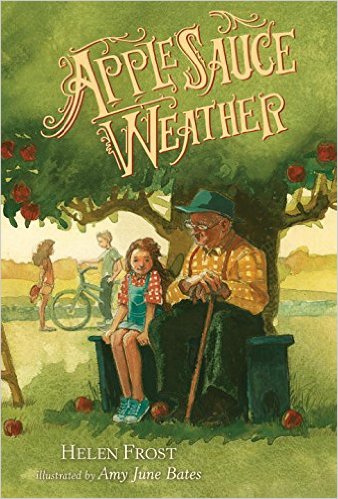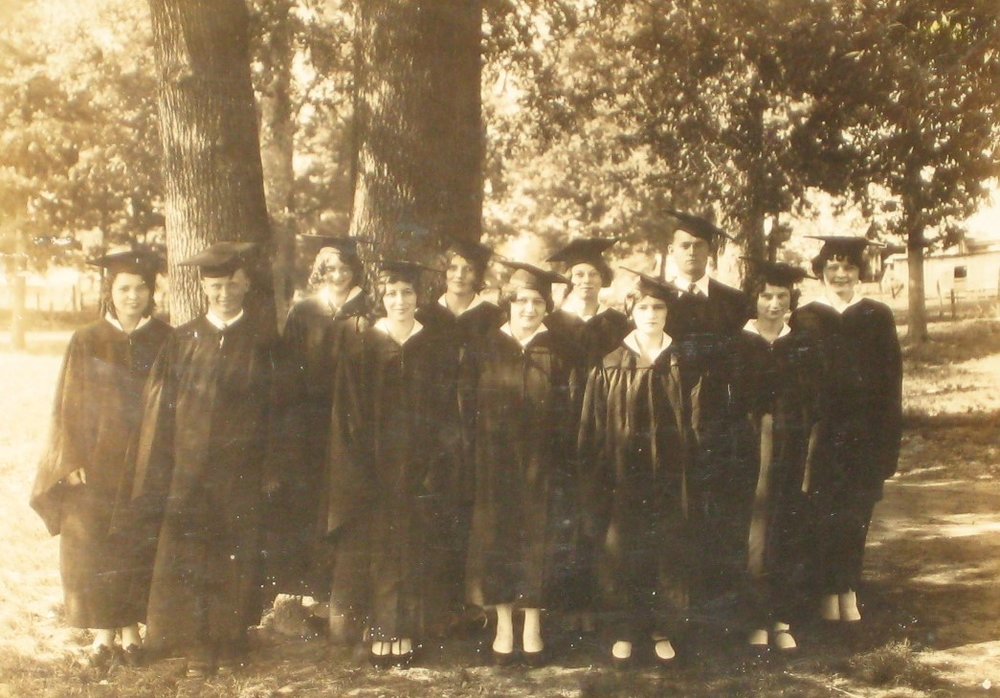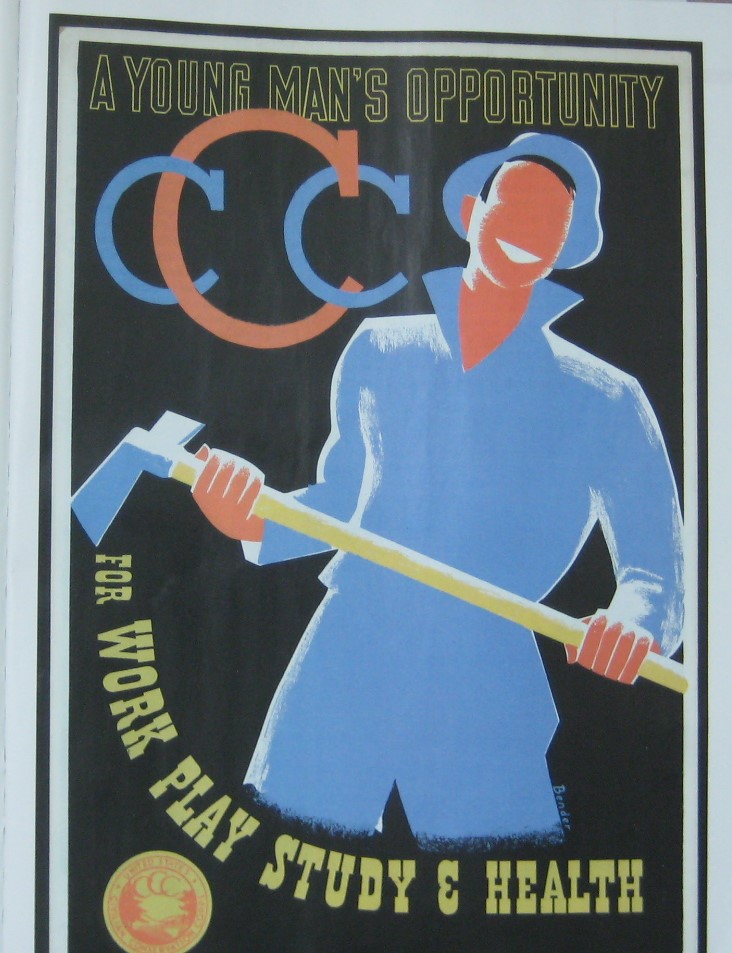 The prologue for Soldier Sister, Fly Home by Nancy Bo Flood starts with a poem
The prologue for Soldier Sister, Fly Home by Nancy Bo Flood starts with a poem
Feathers fly,
Carrying a heartbeat.
Fly home.
Blue horse. Lii’ Dootl’izhii.
and ends with a vow from Tess that she will never shoot a rifle again. I’m fond of prologues like this that tantalize one into a book.
Tess, half-Navaho and half-white, searches for where she fits in the two worlds she travels between. Early in the book, she points out a common mistake of lumping all Native Americans together in one group, “They (schoolmates) never saw me. They never saw Navaho or white – they only saw an Indian.”
Central to the story is her six-year-older sister’s enlistment in the military after she failed to get a scholarship that would help her go to school. Gaby returns home on leave in splotchy army fatigues with her beautiful dark hair that had hung below her waist sheared short. Gaby had sworn never to cut it, but this is an accommodation to that other world.
Gaby’s deployment threatens the sister tie that includes younger Tess teaching her older sister to read at night before she enters junior high using Archie comic books. Now Gaby asks her to bond with her feisty horse Blue while she is away. A summer at sheep camp with Blue and Shima Sani, her grandmother, in traditional Navaho dress (except for her Day-Glo tennis shoes) helps her begin to answer some of the questions about who she is and where she belongs. Tess and I found wisdom in Grandpa’s philosophy, “Yes, we sing when life comes into this world. We sing when life travels out.”
The author lived and taught in the Navaho community for fifteen years and brings a sense of authenticity to this story that includes practices specific to that culture along with issues common to any coming-of-age story. Back matter includes information about the Navaho language, definitions and pronunciations of Navaho words, and a brief tribute to Lori Piestewa, a member of the Hopi tribe and the first Native American military woman to die in combat on foreign soil. Lori’s contribution is mentioned briefly in the beginning of the book.
I read the book which goes on sale August 23 in an ARC furnished by Net Galley. It is a good read for middle grade and up.






































